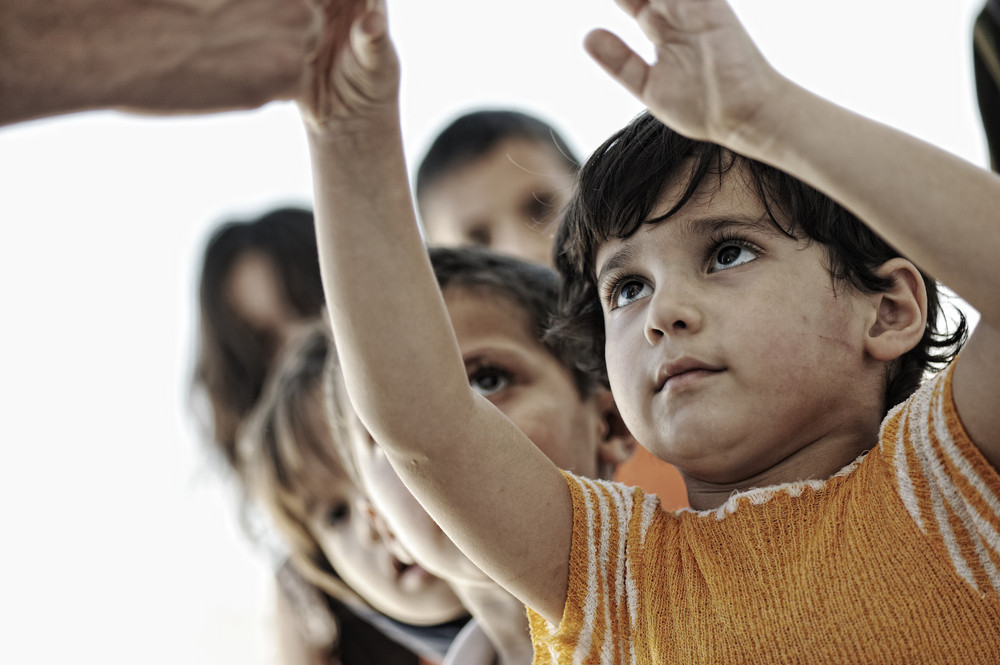The COVID-19 pandemic has taken a tremendous toll on everyone. However, as things are returning to normal, it has become apparent that the virus has taken an even harder toll on immigrant communities. Immigrant communities were already marginalized when it came to matters of health care, and now the problem is even worse.
To be an immigrant in America is already to live in fear. According to TRAC, only 1.5% of cases where an immigrant (women and children) has a “founded fear” of returning to their country are successful. The majority of the time, women and children are sent back to countries of origin where they are at risk. In the US, the wait for a hearing to even learn your fate can take about two years. Now we can add pandemic problems on top of the already problematic system.
Health Epidemics in the US Are Not a New Thing
Access to health care in the US is always a hot topic. The pandemic has put the problem front and center, especially for the immigrant population. There are millions of people in the US that cannot get health care when they need it. Yes, the pandemic has raised awareness, but the problem has been a long-standing one.
From the 26% of American adults that are suffering from untreated dental problems to the millions of people that cannot afford medication for chronic conditions, it is obvious that the healthcare system in the US needs an overhaul.
The pandemic has hit marginalized communities the hardest, and yet there is little reporting or accounting of those families. The virus does not pick who it attacks based on race or ethnicity or political party. The virus seems to be an equal opportunity risk. However, what we do know about the virus tells us that immigrant communities should be considered at-risk groups.
Uniquely High Risk
It is no secret that new-to-America immigrants often live in close quarters with generations of family members. It is also no secret that many immigrants work in service industry jobs. Immigrants often experience poverty at higher levels than citizens.
Most of the immigrant community during the pre-pandemic struggled to make ends meet. This vulnerable population was impacted hardest when factories shuttered their doors and when hospitality industry venues shut down across the country. Hardworking immigrant families were thrust into unemployment by the millions.
In many cases, their entire network of financial and social support was toppled. With language barriers in place and already fragile living conditions, losing what little gains they had made has been devastating.
The virus mortality rate is at best conservative when it comes to immigrant groups. We know there are approximately 11 million undocumented immigrants in the US. We also know that the population is far less likely to seek help or report a COVID 19 outbreak, which, of course, fuels the virus and the spread.
Recovery Has Not Been Easy
When the schools shut down, it impacted every child, but the immigrant children lost a lot of ground in their language skills and other academic areas. In households where English is the second language, children depend on the school system to help them learn English. Those skills have to be honed daily to remain.
The virus put a hold on progress for everyone, but especially for the immigrant community. Eviction moratoriums were lifted, and many families lost their homes. The same obstacles that existed before the virus took hold are now felt exponentially.
Many families have had to start from scratch. Some lost five years of progress, some lost ten years of progress, but progress was lost across the board. The pandemic is not over, and neither are the hardships that immigrant families will endure because of this virus.




